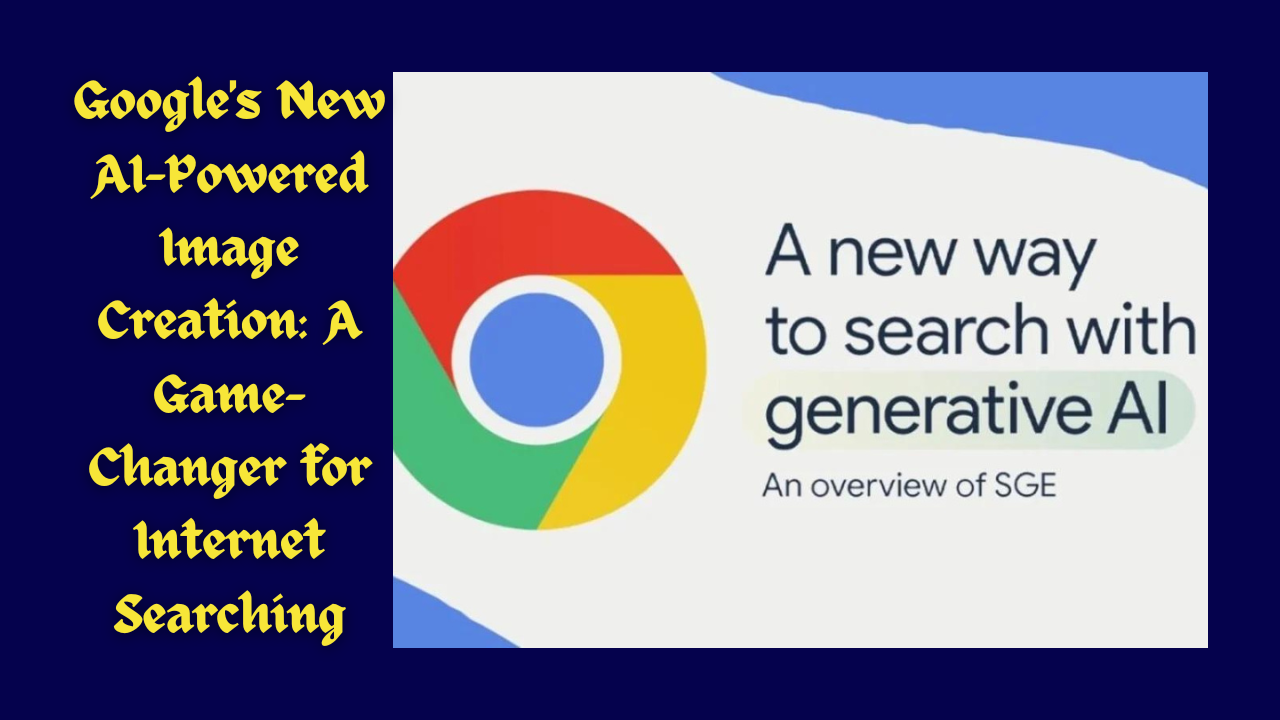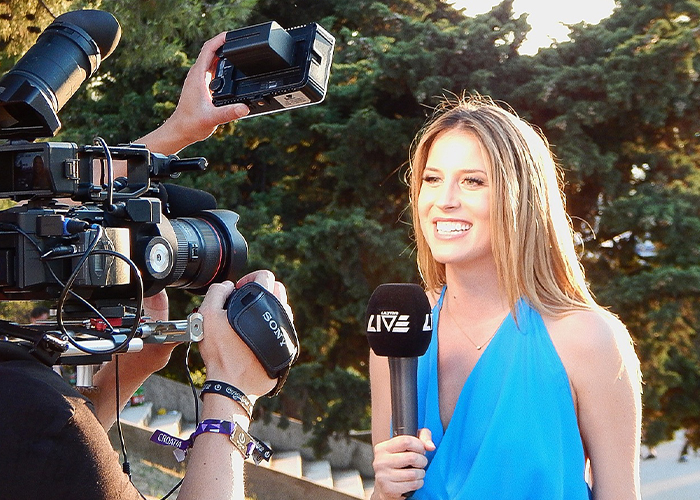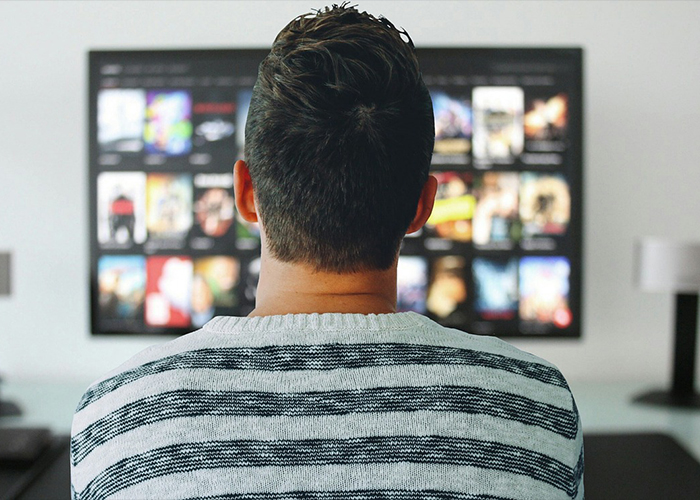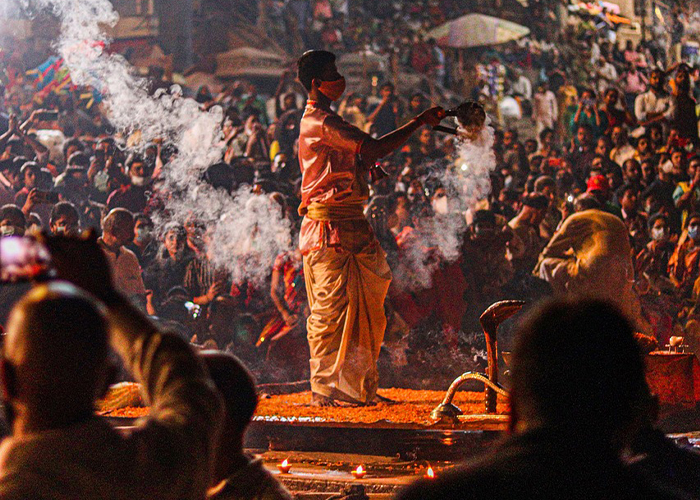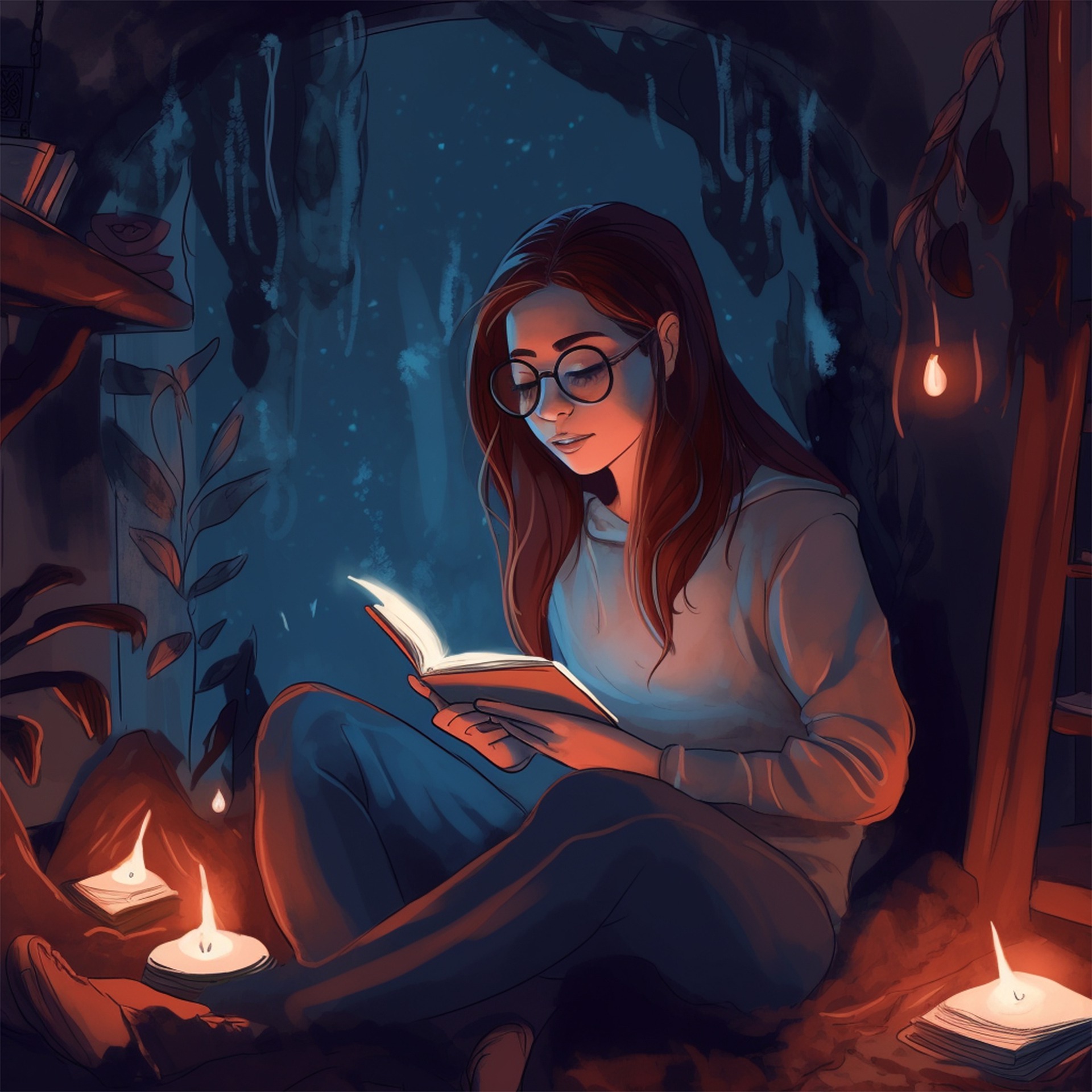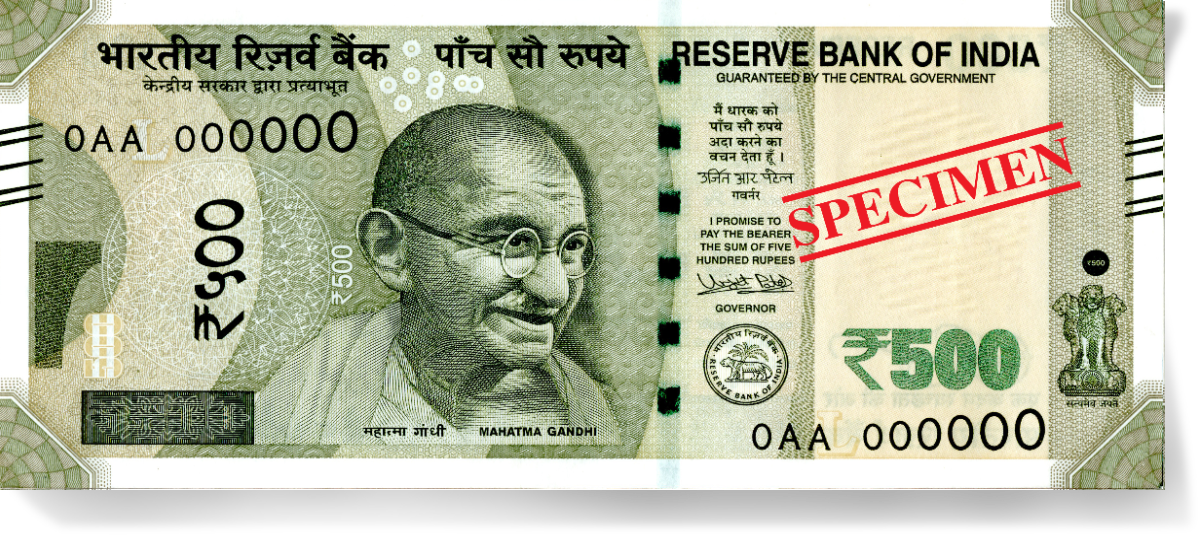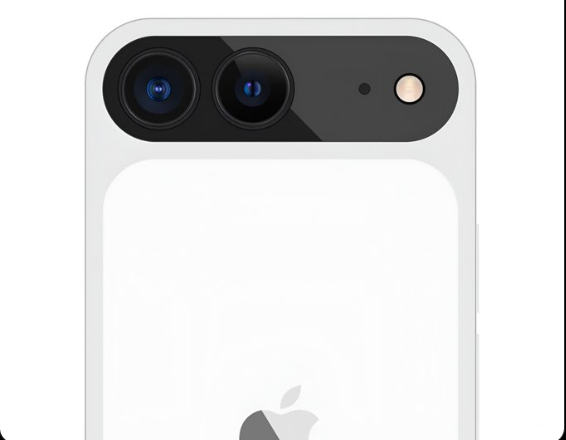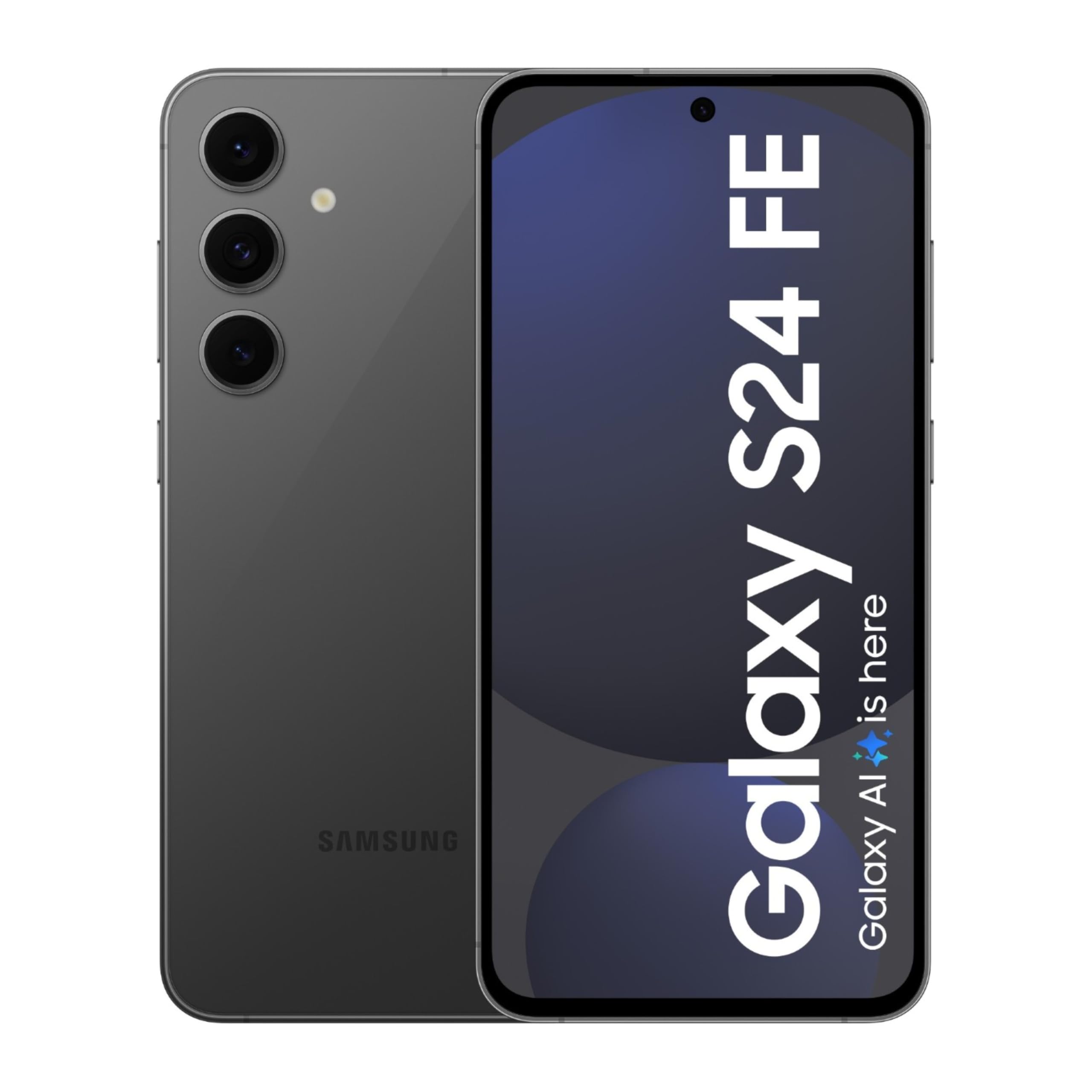Introduction: Google's New AI-Powered Image Creation
Google has indeed been a trailblazer in the field of search and information retrieval for many years. Its constant innovation has significantly impacted how we find and consume information on the internet. The launch of new AI-powered image creation features is another step in this transformative journey.
This technology has the potential to revolutionize the way we interact with and search for information online, particularly in the following ways:
Enhanced Visual Search:
AI-powered image creation can improve visual search capabilities. Users can now search for information not just by typing keywords but by providing images or descriptions of what they seek. This can be a game-changer for industries like e-commerce, where users can find products by uploading images.
Content Generation:
AI-generated images can also assist in content creation. Bloggers, content creators, and marketers can use these images to enhance the visual appeal of their materials. This not only saves time but also adds a level of creativity to content.
Personalization:
AI-powered image creation can help tailor search results and recommendations based on individual preferences. The technology can analyze the content of images to better understand user interests and provide more relevant results.
Accessibility:
Making images more accessible to people with disabilities is an important aspect of this innovation. AI can help generate descriptions or alternative formats for images, making web content more inclusive.
User Experience:
Improved image search and content generation contribute to a better user experience. Users can find what they're looking for more efficiently and enjoy engaging and visually appealing content.
Innovative Interfaces:
The introduction of AI-powered image creation features may lead to innovative interfaces and applications that further change how we interact with digital content.
While these advancements hold great promise, it's essential to also consider the ethical implications and challenges, such as issues related to the use of AI-generated images, copyright concerns, and potential misuse. As Google continues to lead in search innovation, addressing these challenges will be an important part of this technological revolution.
What is Google's AI-powered image creation feature?
Google's AI-powered image creation feature, which allows users to generate images from text prompts, represents a significant leap in the capabilities of artificial intelligence and image generation. This technology has the potential to transform various industries and creative processes in the following ways:
Content Creation:
Content creators, bloggers, and marketers can benefit from this technology by easily generating images to accompany their articles, blog posts, and social media updates. This can save time and resources that would otherwise be spent on image sourcing or creation.
Design and Creativity:
Graphic designers and artists can use AI-generated images as a starting point for more complex designs. This technology can help spark creativity and streamline the design process.
Accessibility:
For individuals with visual impairments, this technology can enhance accessibility. AI-generated images can be described in text form, making web content more inclusive.
E-commerce:
Online retailers can use this technology to provide users with a visual representation of their product descriptions. Shoppers can see what they're looking for before making a purchase.
Entertainment and Gaming:
Game developers and virtual world creators can use AI-generated images to populate their virtual environments, enhancing realism and variety.
Prototyping:
Product designers and engineers can use these generated images for prototyping and concept visualization.
Education:
Educators can create custom visuals for educational materials, making learning more engaging and tailored to specific topics.
However, it's important to consider the potential ethical implications, especially regarding the use of AI-generated content. This technology raises questions about copyright, intellectual property, and authenticity. It's essential to ensure responsible and ethical use while embracing the creative and practical possibilities that it offers.
How does it work?
The use of the Imagen family of AI models to power Google's AI-powered image creation feature is a significant advancement in artificial intelligence. Imagen models, like other AI models, are trained on vast datasets of images and text to learn patterns and associations between visual and textual information.
When you input a text prompt into the system, Imagen leverages its extensive training data to generate an image that is consistent with the provided prompt and the knowledge it has acquired from the dataset. This technology is built on the concept of bridging the gap between natural language and visual understanding.
Here's how it works in a simplified manner:
Text Prompt:
You provide a description or text prompt, such as "a serene mountain landscape with a lake."
Data Analysis:
The AI model, in this case, Imagen, analyzes the text prompt to understand the attributes and elements it should include in the generated image.
Visual Synthesis:
Imagen uses its training on a vast dataset of images to synthesize a new image that aligns with the given text description. It combines elements, objects, and scenes to create a coherent image.
Output:
The AI generates an image that represents the text prompt. In this example, it would produce an image of a serene mountain landscape with a lake.
This technology has the potential to revolutionize various creative and practical fields, as it allows users to produce images that match their descriptions or requirements efficiently. However, as with any AI technology, responsible use, ethical considerations, and potential copyright issues should be kept in mind when utilizing these AI-generated images.
Why is this a game-changer?
Google's AI-powered image creation feature is a game-changer for internet searching in a number of ways. First, it allows users to find images that are more specific and relevant to their needs. For example, if you are looking for an image of a particular product or location, you can simply type in a description of the image and Google will generate it for you.
Second, Google's AI-powered image creation feature can be used to create images that are not available anywhere else on the internet. For example, you could use it to create an image of a fictional character or a scene from a book.
Third, Google's AI-powered image creation feature can be used to create images that are more visually appealing and engaging. For example, you could use it to create images for your website or blog posts that are more likely to capture the attention of your readers.
How to use Google's AI-powered image creation feature
To use Google's AI-powered image creation feature, you simply need to enter a text prompt into the Google Search bar. If you are part of the Google Search Labs program, you will see an option to "Create images" in the results. If you are not part of the program, you can still use the feature by adding the following parameter to your search query:
```
&tbs=imgo:1
```
For example, if you want to generate an image of a cat sitting on a beach, you would enter the following search query:
```
a photorealistic image of a cat sitting on a beach &tbs=imgo:1
```
Google will then generate up to four images that match your prompt. You can click on any of the images to see a larger version. You can also edit the prompt to generate different images.
Conclusion: Google's New AI-Powered Image Creation
Google's new AI-powered image creation feature is a powerful tool that has the potential to revolutionize the way we search for and consume information online. It is still under development, but it has the potential to be a game-changer for internet searching.
SEO tips
* Use relevant keywords throughout your blog post, including in the title, meta description, and headings.
* Include images in your blog post, and optimize them for search engines by using relevant keywords in the alt text and file name.
* Link to other high-quality blog posts on your website and other websites.
* Promote your blog post on social media and other platforms.
By following these tips, you can help your blog post rank higher in search engine results pages (SERPs) and reach a wider audience.
FAQ - Google's New AI-Powered Image Creation
1. What is Google's new AI-powered image creation feature?
Google's new AI-powered image creation feature, known as Search Generative Experience (SGE), allows users to generate images directly from the search bar. It enables users to provide a detailed description of the image they want, and the AI generates relevant images based on that description.
2. How does SGE work?
SGE operates by understanding the descriptions provided by users and generating images that match those descriptions. Users can fine-tune the results by making adjustments to the description, and if they are satisfied with the generated images, they can save them.
3. Is SGE available to all Google users?
Currently, SGE is only available to a select group of users. Google is gradually rolling out this feature, and it might become accessible to a broader audience in the future.
4. What ethical considerations are in place for SGE?
Google is committed to ensuring the responsible use of SGE. They have policies in place to censor any content that goes against their guidelines. This includes preventing the generation of deepfakes, violent imagery, or content promoting hatred towards specific groups.
5. How will SGE change the way we use Google Images?
SGE is set to transform how we interact with Google Images. When users search for specific images, the AI will present them with image generations based on the context of their search, making image searches more intuitive and context-aware.
6. Why did Google take time to implement these features compared to its competitors?
The delay in implementing such features was partly due to the ethical concerns and controversies surrounding AI technology. Google took the time to address these issues and ensure responsible and safe usage of SGE.
7. Are there other applications for SGE beyond image creation?
Yes, SGE has applications beyond image creation. In August, Chrome integrated it to offer article and news summarization, helping users quickly grasp the key points of complex texts.
8. What can we expect from Google's AI-powered features in the future?
As AI technology continues to evolve, we can expect further innovations and applications from Google. The integration of AI in various aspects of online experiences is likely to grow, enhancing user interaction and convenience. Stay tuned for more updates and advancements.
Written by: Md Muktar Hossain
